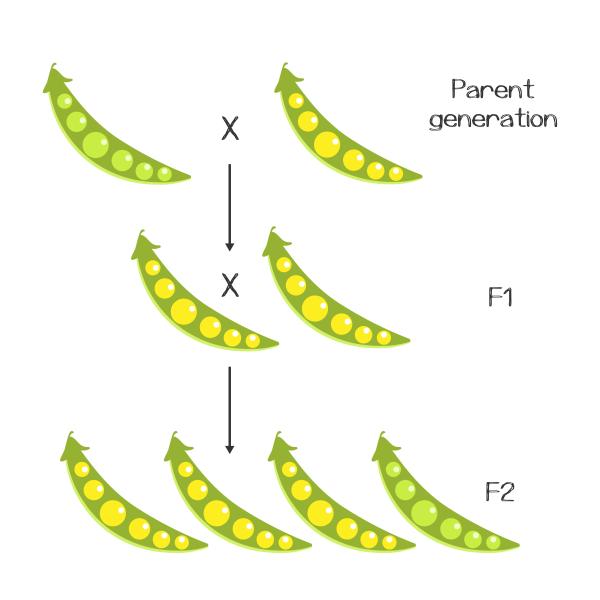
It is rare that a scientist discovers a completely novel technique or method. When it happens, and that technique is useful, it is revolutionary. In recent history, techniques such as PCR, large scale DNA sequencing and CRISPR-Cas9 fall into this category. As I wrote about recently, CRISPR-Cas9 is quickly becoming a household word (and will soon be a Hollywood star.)
More commonly than designing techniques from scratch, scientists employ previously developed techniques to make their own discoveries. Or, they use the old techniques as a scaffold, building upon and advancing that systems's usefullness. This is the case for the new method known as 'gene drives' - an extension of the CRISPR technique.
Gene drives change the way that certain genes (and therefore traits) are inherited - or passed down through generations. Using CRISPR gene editing technology, the gene drives have the ability to cut and paste a desired gene into each organism, making a trait present in an entire population of organisms. Also, because the components of CRISPR are inherited along with the desired gene, this process keeps going throughout generations, completely overriding normal inheritance patters.
Gene drives were first constructed in early 2015, in yeast and fruit flies. However, they can be used in any organism that reproduce sexually that can support CRISPR - which is mainly insects, animals and plants.
Normally, in sexual reproduction, an offspring inherits one copy of each chromosome from each parent. Therefore, given two possible alleles (or versions) of each gene (in the figure below, this is represented by the red copy and the yellow copy) the offspring could inherit one or the other from each parent, depending on what alleles the parent is carrying. Then, the combination of the alleles that the offspring received will determine how the trait is expressed. A red and yellow combination will result in a red fly. Two yellow will make a yellow fly. Two reds - a red fly.
Working through generations, this type of inheritance leads to the type of ratios first observed by Gregor Mendel, when working with his pea plants. Traits spread slowly throughout generations, and take many, many breedings to become prevalent in a group of organisms. And, in many cases, traits remain at a low frequency within a population (think red hair or cystic fibrosis.)
By inserting the CRISPR technology into the organisms, which can edit genes, gene drives cut and paste the desired gene into each generation of offspring, bypassing the normal patterns of inheritance. When a gene drive is used, the inheritance pattern on the right hand side of the figure is predicted. In only a few generations, the trait will be present in almost every member of the population. Why? Because the gene drive overrides the alleles that were inherited. It takes whatever was inherited and edits it to insert the gene that is being inserted. So, even if the fly inherited a yellow gene - a red one is cut and pasted in, making the fly red.

Image credit: www.sciencenews.org
Gene drives can be used for a lot more than changing the colors of flies. The big ideas that are being discussed at the moment are altering mosquitoes so that they can no longer spread malaria. Eliminating invasive species - for example the mice that overrus certain islands in the Pacific. Also, gene drives could revert the resistance to glyphosate (an extensively used herbicide) that many weeds have acquired.
There is a lot of discussion going on about this new technology at the moment, and much, much more to come. We at the council will keep you up to speed on gene drives - starting wtih a follow up article due out later this week on why gene drives are making people nervous.



